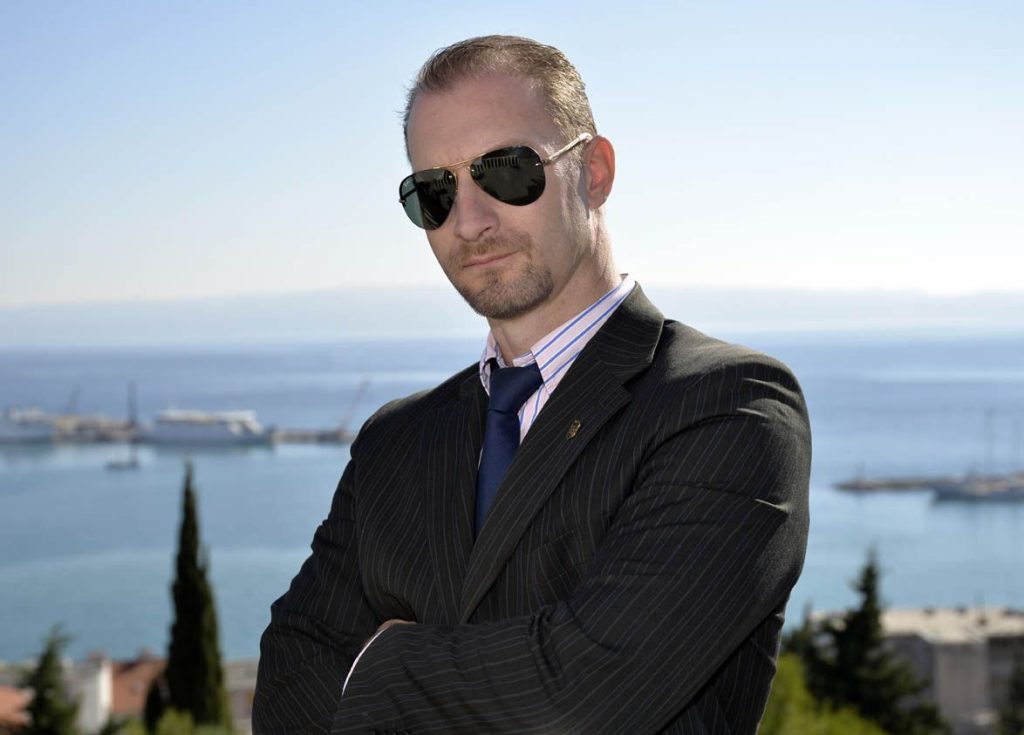Central Dalmatia has had an outstanding 2015 tourism season. TCN meets the man in charge of making that happen, and the driving force behind many new initiatives. TCN meets Central Dalmatia Tourist Board director Josko Stella.
Whichever way you look, the message is the same – tourism in Central Dalmatia is booming, its season is getting longer, and the region is picking up award after award for a range of diverse tourism offers. Last week, the inland Dalmatian region of Zagora was named as best destination at the Rural Tourism Awards. This was preceded by a string of awards at the prestigious Days of Croatian Tourism in October, including Best Festival in Croatia (Ultra Europe), Best Autentic Coastal Resort (Bol on Brac), Best City Break (Split) and Best 12-Month Destination (Split Riviera).
The man in charge of tourism in the region is Central Dalmatia Tourist Board director, Josko Stella. In the job for three years, Stella has embraced social media more than any of his peers, as well as actively seeking and implementing new tourism attractions to a region whose stereotype offer is sun and beach. Examples of this include the opening of Roman roads for tourism and a rapid expansion of cycling routes for the region’s rich adventure tourism potential. TCN caught up with Stella at the final Gastro Advent in Split lunch at Re di Mare restaurant on December 20, 2015.
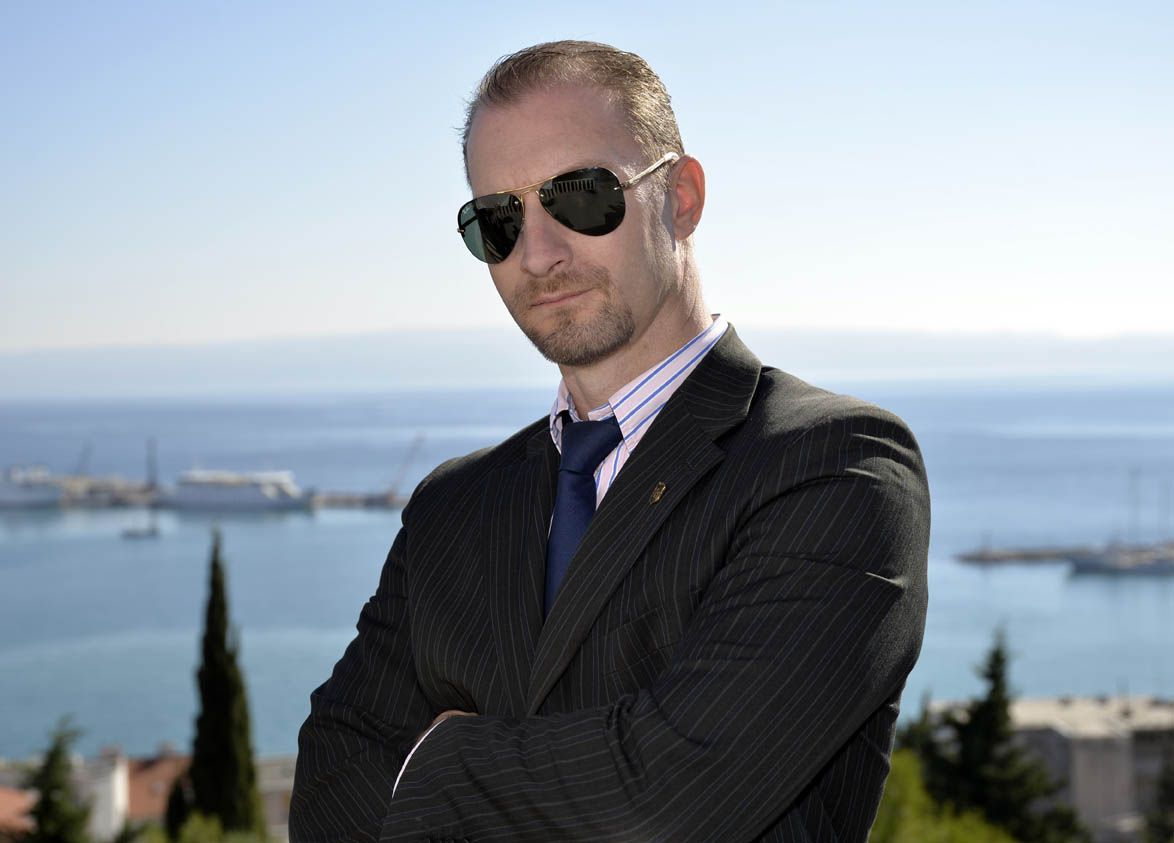
Central Dalmatia had an outstanding season, for which congratulations. How would you summarise the year?
Yes it was a great year in numbers, but also in terms of some very positive shifts in tourism in Central Dalmatia. It is not just about the numbers, but about some significant developments. On the numbers, we were 9% up in terms of overnight stays on last year (which was also a good season), but even more important is what has been happening after the main season. In October, we had 488,000 overnight stays, and we were the number one region in Croatia for that month. In November, our overnight stays were up 26%, so we can truly say we have made great progress in the post-season, which is one of our goals. It has been a big shift.
There has also been big shifts in the tourists who visit us. Czech tourists are still number one, but second is Germany, which has overtaken Poland. And very important is the British market, up 39% in overnights for the first ten months compared to last year. Out of 2.5 million British overnights, 580,000 were in Central Dalmatia. Next year it will be more.
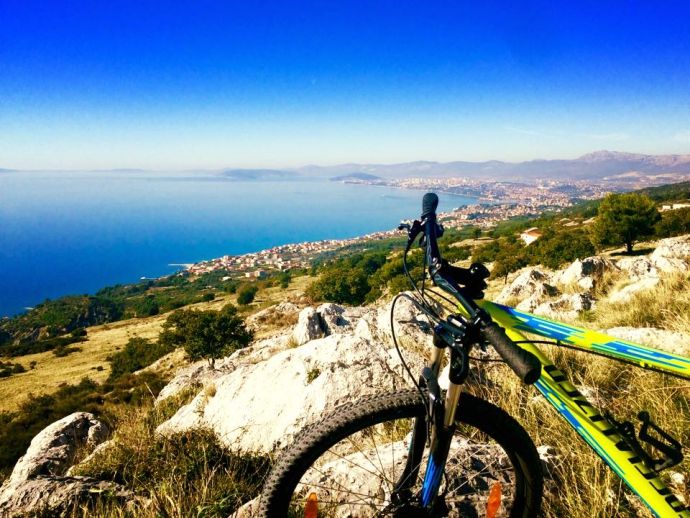
(Cycling tourism is becoming increasingly important in Central Dalmatia, with some 3000km of routes with maps and signs planned by 2017)
There has also been a large increase in Asian tourists, particularly from South Korea.
That is correct, and this has been important for cities such as Split, Dubrovnik and Zagreb. The increases were 400%, then 800%, but these tourists tend to only stay 1 – 2 days, as they take in many destinations.
We are also working hard to attract tourists from markets such as Iran and China. It is not easy but we are very active. We are also working with airlines, co-financing some, and there has been an increase in flights from key markets such as Germany, UK and Scandinavia.
The stereotype of tourism in Central Dalmatia is beach and sun, but all the awards this year point to the diversity of the region. Tell us a little about your tourism concept.
We have plenty to offer, and we will have more to offer. We have a brochure of 120 programmes throughout the county, and this mirrors what we do. We have many new programmes, and we are investing in education for agencies, as well as a new portal called Discover Central Dalmatia for promotion via social networks.
As I see it, our job is threefold – marketing, education and new programmes, with new selected forms of tourism. If you only focus on marketing, it is hard to grow.
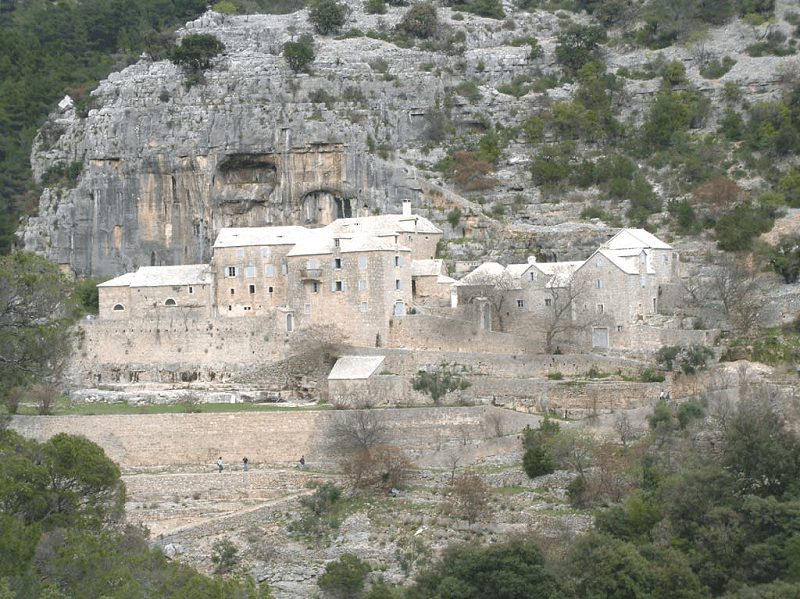
(Blaca Monastery on Brac, where a new religious heritage initiative is set to be launched)
Roman roads is one project we started recently, and this week we will launch another in Supetar on the island of Brac. We will present a new brochure on the religious heritage of Brac. There are more than 60 religious objects on the island, and we have devised four routes, such as a route for the early Christian churches, one for the town churches etc. The brochure is in Croatian and will be distributed to agencies and local tourist boards for them to use and develop.
Adventure tourism is very important to the region, and in 2016, we will have some 2000km of cycling routes covered with maps and signs. In 2017, we will have 3000km. Cycling maps for Hvar and Brac will be available for the next season, Inland Dalmatia is already done. By comparison, Istria has 2600km of routes.
The recent events in Egypt and Turkey presents an opportunity for the Russian market, with some 5.9 million Russian tourists to those two countries looking for alternatives.
Russia could be a very interesting market, but our hands are tied by the visa issue, which came into effect when Croatia joined the EU. Progress depends on the Croatian government, which needs to do something now, and to act fast. There is little point doing lots of marketing without the visa issue being sorted, as people will not come.
There has just been an election in Croatia. How much does politics affect strategies in tourism?
One of the biggest mistakes is that tourism is not recognised politically as one of the country’s biggest opportunities. Whoever forms the next government should make his deputy the Minister of Tourism, as tourism is a great revenue earner and has even more potential than the 20% of GDP that it currently generates. Tourism development is being held back as people do not want to be over-reliant on it. Too much tourism is not good, they say. We should be using tourism to develop other sectors.
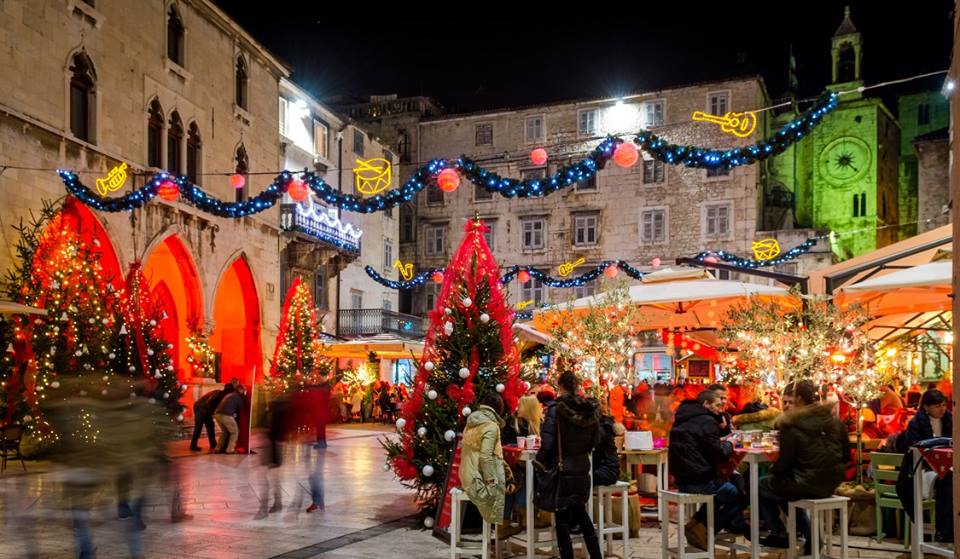
(Advent in Split has transformed the Dalmatian capital in winter)
Here we are in Split, enjoying a wonderful Advent in Split. The old town is full and there is lots going on. Just a few years ago, it was like a ghost town in the evenings in winter.
And not just Split. Other places are booming too – Trogir and Makarska, and then there is Supetar and Bol. And I can tell you that this boom will continue for at least the next 5-10 years. Because of film tourism. Game of Thrones has been huge for Croatia, but it is not the only one, and we have three more American programmes scheduled for filming.
Compare the potential of this with the German series Winnetou in the 1960s. There was no social media, and it was just for the German market, but the tourist buses full of fans kept on coming. With Game of Thrones re-runs, social media etc, this will be an important source of tourist arrivals for years to come.
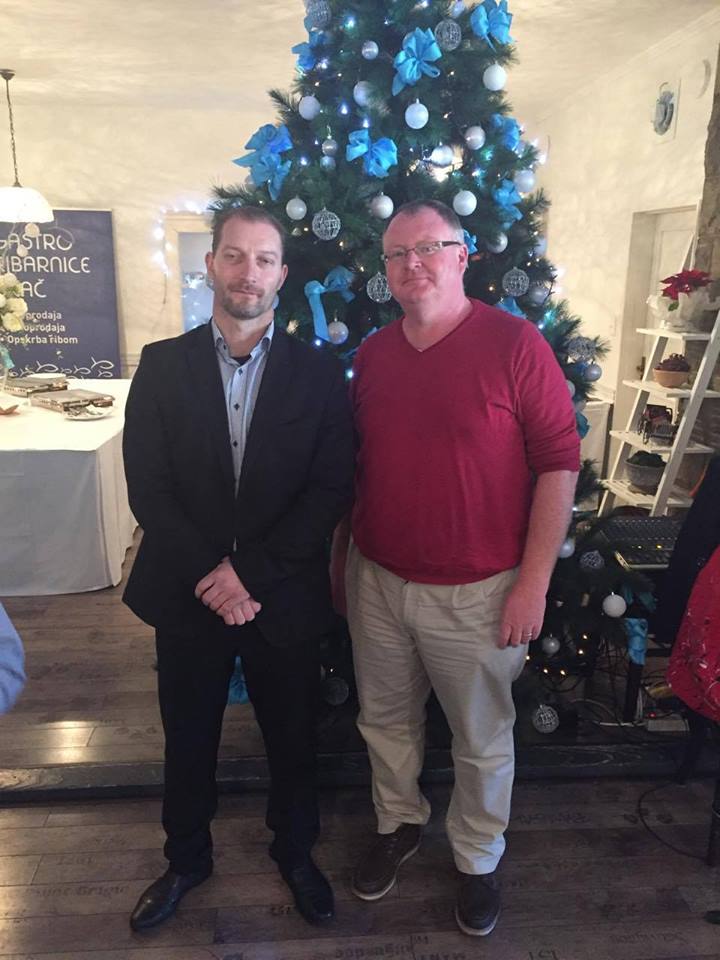
(Josko Stella with TCN at yesterday’s Gastro Advent in Split at Re di Mare)
Split has done great marketing, it has invested in quality, and with its busy airport and motorway connections, as well as a trend of city tourism, things are looking very bright. The consciousness of tourism in the local population is also an important factor.
There was a social media sensation earlier this year when two famous YouTubers visited as your guests, with one video (see above) garnering an incredible 2.3 million views. Is this the way forward?
I have mixed feelings about this. Such people should be strongly supported, and they do a great job, but if this is a regular strategy, it can look a little fake, and so perhaps it is better to let it happen organically. But if it happens organically, we are not involved. So there are pros and cons. What is certain is that this type of media is becoming increasingly important.

